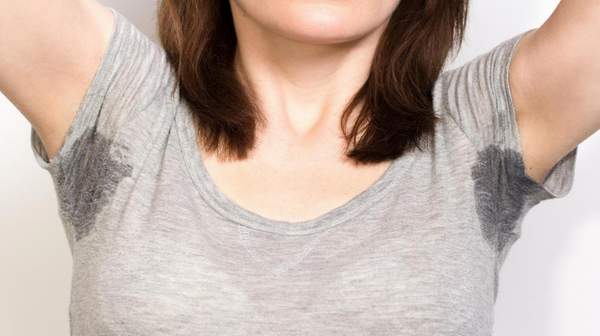What is Seborrheic Keratosis?
Seborrheic keratosis (seb-o-REE-ik care-uh-TOE-sis) is a common skin growth. It may look worrisome, but it is benign (not cancer). These growths often appear in middle-aged and older adults. Some people get just one. It is, however, more common to have many. They are not contagious.
A seborrheic keratosis usually appears as a brown, black or light tan growth on the face, chest, shoulders or back. The growth has a waxy, scaly, slightly elevated appearance. Occasionally, it appears singly, but multiple growths are more common. Seborrheic keratoses don’t become cancerous, but they can look like skin cancer.
Most often seborrheic keratoses start as small, rough bumps. Then slowly they thicken and get a warty surface. They range in color from white to black. Most are tan or brown.
Risk of Developing Seborrheic Keratosis?
Risk factors for this condition include:
- Older Age- According to the U.S. National Library of Medicine, the condition often develops in individuals over the age of 40 (NLM, 2010). Risk increases with age.
- Family Members with Seborrheic Keratosis- The skin condition often runs in families. Risk increases with the number of affected relatives.
- Frequent Sun Exposure- According to the American Academy of Dermatology, there is some evidence that skin exposed to the sun is more likely to develop seborrheic keratosis. However, more research must be done. Growths also appear on skin that is usually covered up when people go outdoors (AAD).
Signs and Symptoms of Seborrheic Keratosis
Seborrheic keratoses tend to:
- Start as small, rough bumps, then slowly thicken and develop a warty surface.
- Have a waxy, stuck-on-the-skin look.
- Be brown, though they range in color from white to black.
- Range in size from a fraction of an inch to larger than a half-dollar.
- Form on the chest, back, stomach, scalp, face, neck, or other parts of the body (but not on the palms and soles).
- Cause no pain some itch.
Causes of Seborrheic Keratosis
The exact cause of seborrheic keratoses isn’t known. They are very common and generally increase in number with age. They tend to run in some families, so inheritance may play a role.
Treatment of Seborrheic Keratosis
In many cases, seborrheic keratosis does not need treatment. However, a doctor may decide to remove one or more growths if they have a suspicious appearance. They may also be removed if they are causing physical or emotional discomfort.























